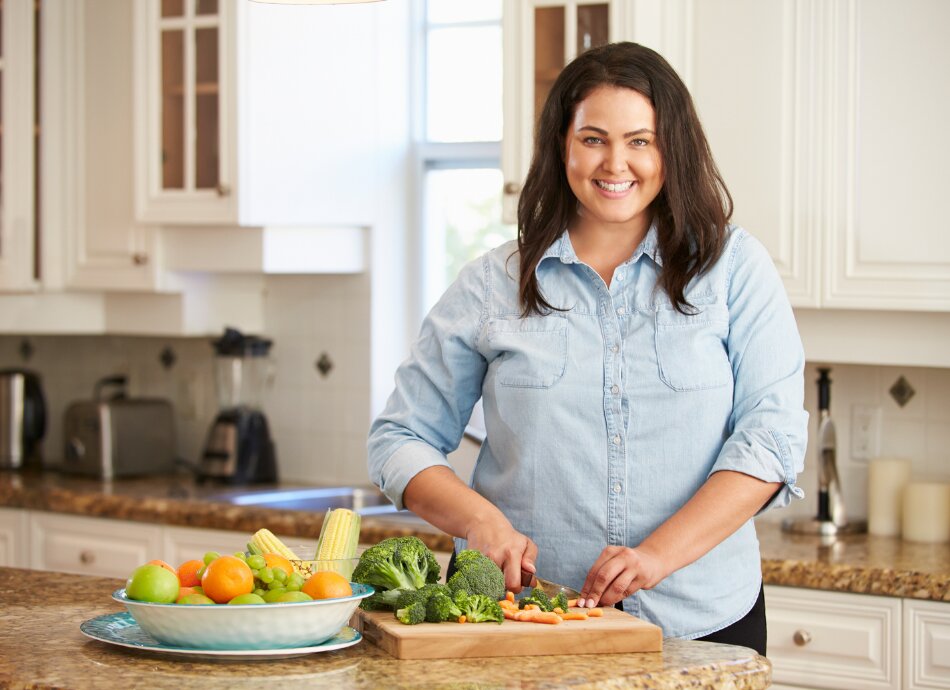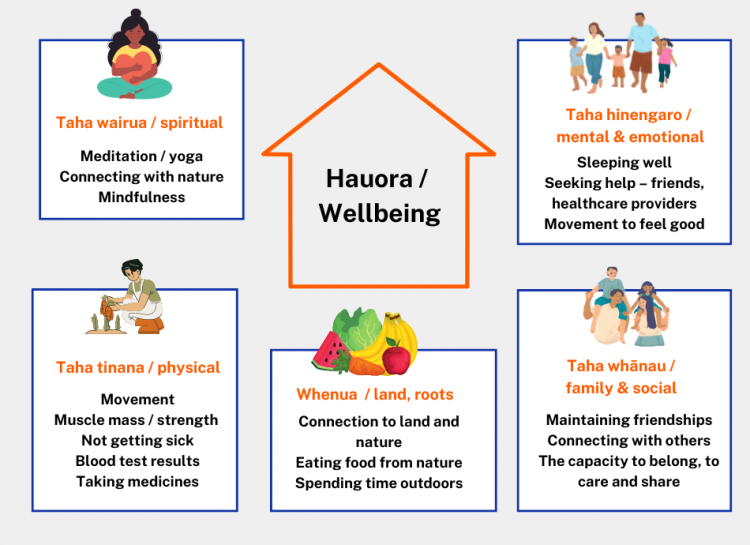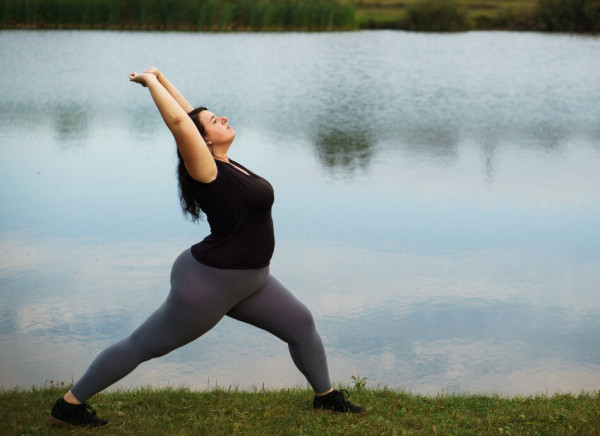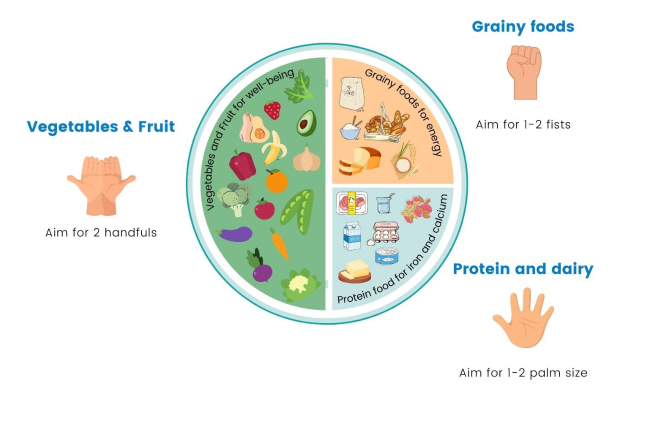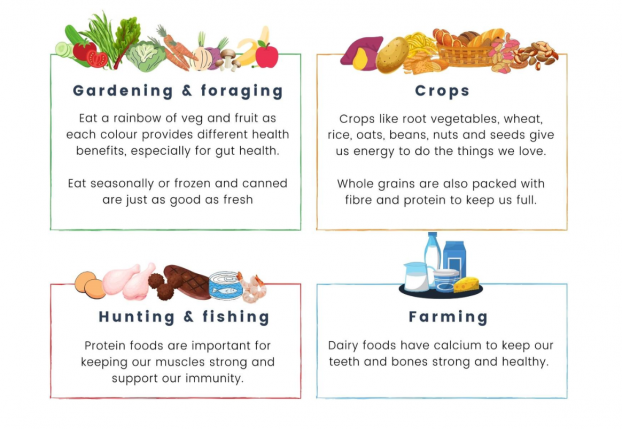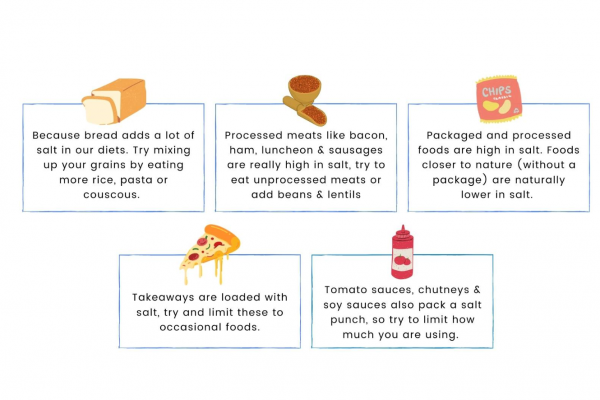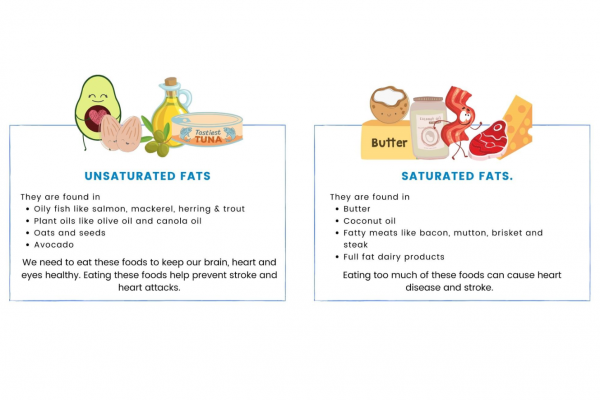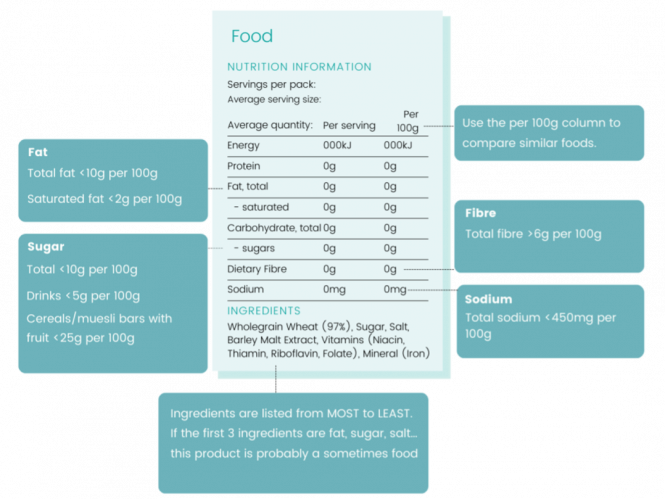The way we think can have a big impact on how we feel, and on our behaviour. Unhelpful thoughts can turn into behaviours that support an unhappy or negative lifestyle, like those shown in the picture below:
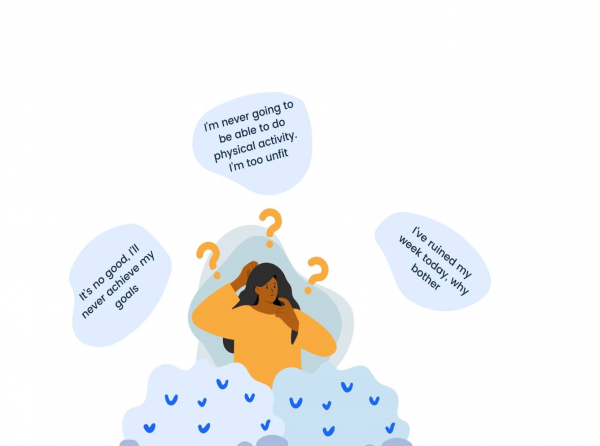
Image credit: Te Whatu Ora, Te Tuka Tumai, Nutrition & Dietetics department
Listen to your self-talk. Are your thoughts helping you live a happy and fulfilling life or are they making you feel down?
It's natural to be hard on ourselves. We think being hard on ourselves will make us do better. However, research shows that if we are kind to ourselves, we experience better health and wellbeing.
Perhaps you could think about what you need to hear? What you would say to a close friend or loved one? Start with an activity to help challenge your unhelpful thinking(external link).
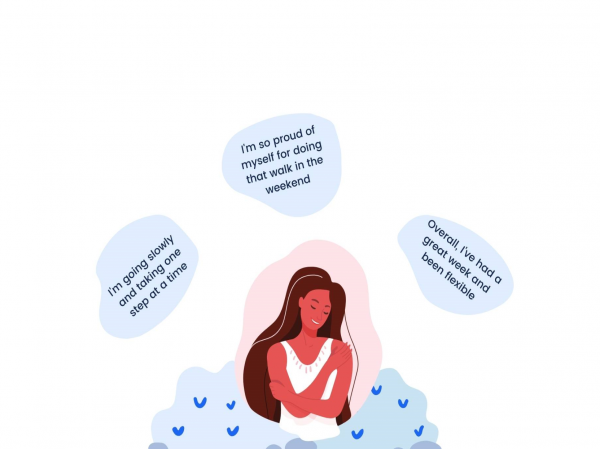
Image credit: Te Whatu Ora, Te Tuka Tumai, Nutrition & Dietetics department


